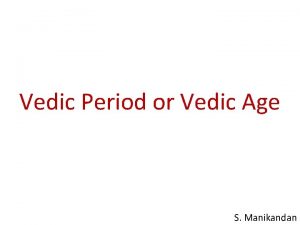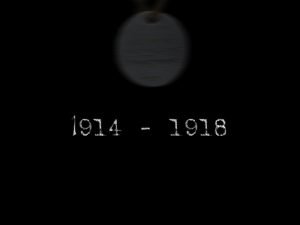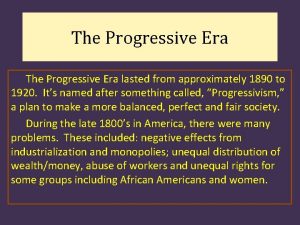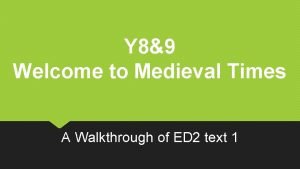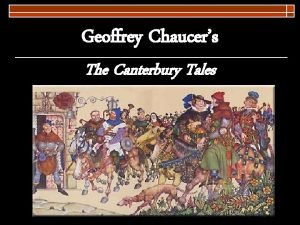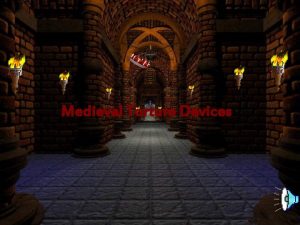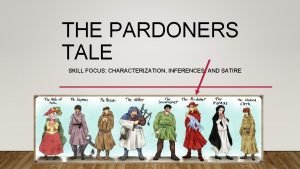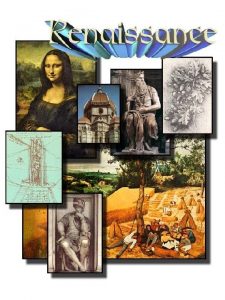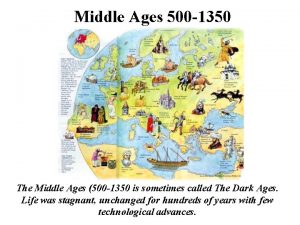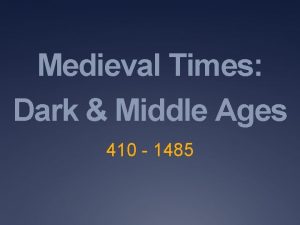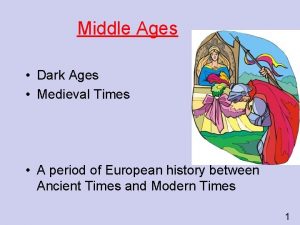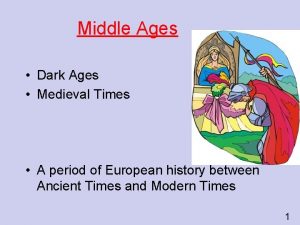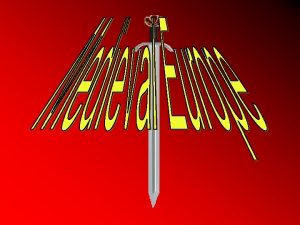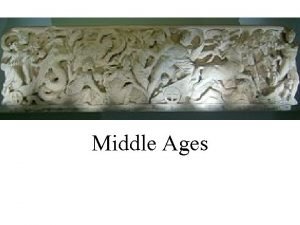The Middle Ages Medieval times lasted from 500











- Slides: 11

The Middle Ages • Medieval times lasted from 500 AD to 1500 AD • Under the feudal system, lords gave fiefs (land) to vassals (people) who would pay homage (money and loyalty) to and fight for their lords.

�Knights were horse soldiers. Before being dubbed a knight , a young noble first had to serve as a page and then as a squire. �Knights rode on to battle on chargers (horses) �They had helmets and shields as well as chain mail plate armour. They fought with lances, swords and battleaxes. For sport knights took part in mock combats called tournaments and jousts. �They also went hunting and hawking.

�The earliest castles had a mound called a motte and an enclosed yard called a bailey. Stone castles were protected moats, drawbridges, and portcullises (iron gate) �They had towers and thick walls on which battlements stood. The keep was built on the bailey. Armies attacked castles using ladders, siege towers, battering rams, giant catapults and crossbows. They sometimes laid siege to castles.

�The lady of the castle usually married young. Her duties included supervising the servants and the accounts. �The manor was the lord’s estate. He kept some land (demense) for himself and rented the rest to peasants who might be freemen (paid rent to the lord) and serfs (basically slaves) �Peasants usually lived in wattle (woven twigs) and daub (mud plaster) houses within the villages.

�Peasants tilled strips of land in large open fields. They grazed animals in a common. Crop failure or war often caused famine. �Walled towns developed near castles or where roads met. Streets were narrow, dark and filthy from the rubbish that was dumped on them. A charter (special document from Lord of the manor) would allow townspeople to hold fairs or to elect a corporation to govern their towns. Fire and plagues such as Black Death posed serious threats. Curfews were enforced to prevent disastrous fires.

�Crime was punished harshly. Even petty criminals could be placed in stocks or a pillory. �Guilds controlled crafts. A guild member would be first be an apprentice , then a journeymen and finally a master craftsman. �The Normans brought feudalism to Ireland. They also built towns and castles.

The church in the Middle Ages �The pope ruled the Christian Church. He sometimes issues official documents called papal bulls. Each diocese was ruled by a bishop and divided in parishes. �The payment of tithes (taxes) helped keep the Church wealthy.

�Romanesque churches had rounded arches, thick walls and pillars supported their stone roofs. They had small windows and towers that were not very tall. E. g. Rock of Cashel �Gothic churches had pointed arches. Flying buttresses supported their thinner walls. They had large stained glass windows and tall spires. E. g. Christchurch (dublin)

�Benedictine monks lived in monasteries. They wore habits and tonsure haircuts. The abbot was head of the monastery. The infirmarian cared for the sick, the almoner helped the poor and the guest master offered hospitality to travellers. �Monks slept in the dormitory, ate in the refectory, copied manuscripts in the scriptorium and walked in the cloister. �Daily meetings were held in the Chapter house.

�Monks prayed, worked and studied every day. Religious services included mass, matins and prime in the morning and vespers and compline in the evenings. �Nuns lived in nunneries �Order of friars included Dominicans and Franciscans. They lived in friaries and tended to the spiritual needs of townspeople. �Many people went on pilgrimages to atone for their sins.

Question for home-work �Write an account of the life of a monk in medieval times. (try to make up to ten relevant and significant points. Make a short paragraph for each) Briefly describe the difference between Gothic and Romanesque?
 Renaissance vs medieval art
Renaissance vs medieval art Why are the middle ages called the dark ages
Why are the middle ages called the dark ages What period lasted from 1750-1825?
What period lasted from 1750-1825? Brahmanas meaning
Brahmanas meaning Classical period 1750 to 1820 romantic period
Classical period 1750 to 1820 romantic period Lasted until 1914
Lasted until 1914 The progressive era lasted from
The progressive era lasted from How long egyptian civilization lasted
How long egyptian civilization lasted Welcome to medieval times
Welcome to medieval times Irony in the pardoner's tale
Irony in the pardoner's tale Gossip bradle torture
Gossip bradle torture Characterization of the pardoner
Characterization of the pardoner



